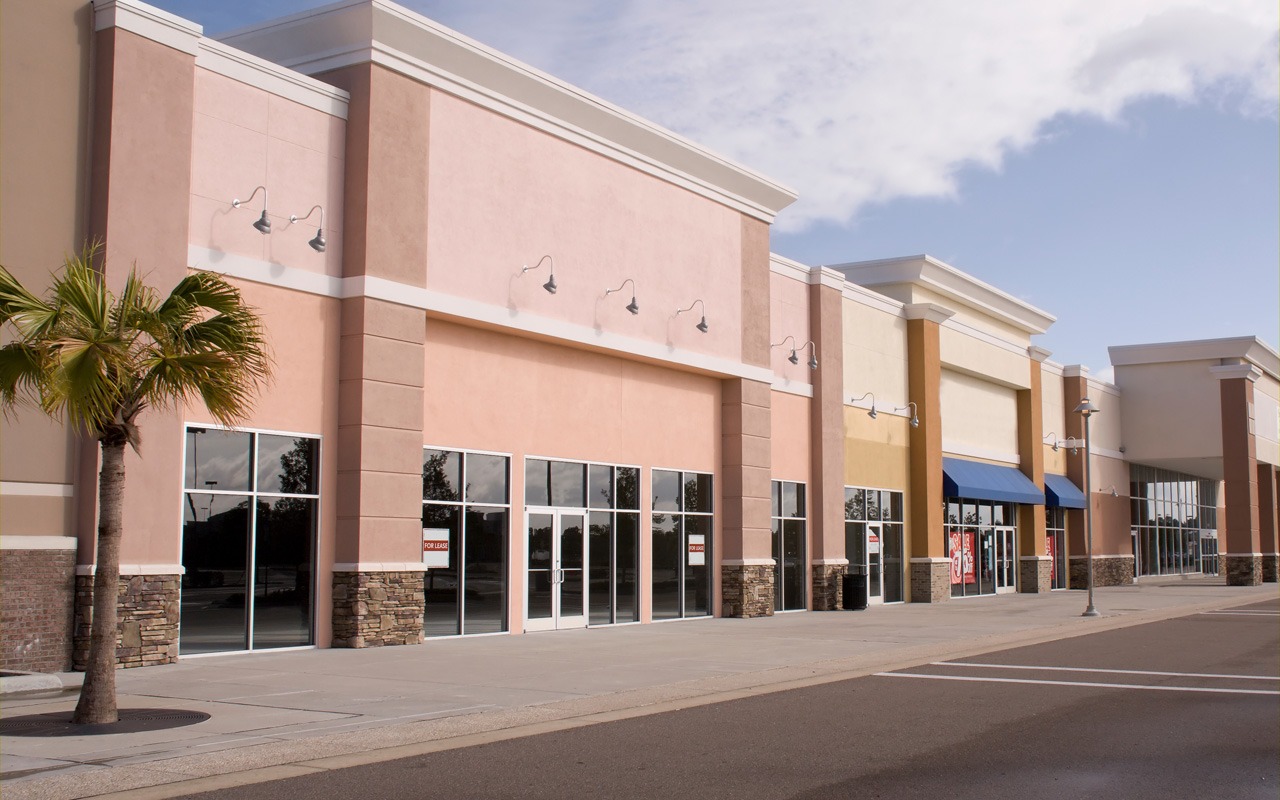
Commercial Real Estate (CRE) is a property that produces an income, whether rented or sold for a profit. It covers everything from apartments in your neighborhood to downtown office buildings and your local grocery store.
According to Reonomy, Florida has just under three million commercial properties of all types. Of those, the most populated county, Miami-Dade, includes over 150,000 commercial buildings. Statewide, among the most common commercial properties are multifamily rental units (224,000), and the largest asset type by volume is vacant land (over 1.9 million parcels). Recent construction in Florida also includes the development of office space and warehouses.
Kinds of Commercial Properties in Florida
Let’s review some of the most popular categories of commercial real estate in the Sunshine State.
Multifamily Housing
Apartment buildings and condominiums with four or more units are generally classified as CRE. They include everything from garden apartments to residential hotels and urban towers with several stories. Leases on these properties are generally for shorter terms than office and retail spaces.
Office Space
These units often house service businesses and offices for retail establishments and run the gamut from single-office buildings to skyscrapers. Location is key to successful CRE investment, as people tend to judge properties based on the districts where they’re located, whether they’re in a suburb or in the heart of downtown. Office space falls into three different categories: Class A, Class B, or Class C:
- Class A buildings are considered prime real estate. They’re sometimes newer buildings built to code or remodeled buildings. Property managers tend to oversee them in high-traffic locations.
- As the term implies, Class B structures aren’t “top-notch.” They’re often older and need some improvements to make them more attractive to businesses. Investors may seek to buy them at a low price for renovation to generate profits later.
- Class C buildings can be older and need lots of work. They may also be far from major commercial districts on the outskirts of town. With lower prices and rental rates, they’re the easiest properties for investors to acquire for redevelopment.
Warehouse or Industrial Space
Warehouse space is among the largest commercial real estate available for sale or lease, occupying hundreds to thousands of square feet. Trucking companies, mail and shipping retailers, manufacturers, and distribution centers are among the big businesses that occupy them. Warehouses are also used for cold or temporary storage. With changes in local economies, finding tenants for large buildings is not always easy. Investors sometimes convert them into “flex” warehouse sites with offices, such as co-working centers.
Vacant Land
Plots of land are suitable for all types of businesses that are not allowed in residential areas; cities or towns typically zone them for commercial use. Like buildings, vacant land for CRE comes in all shapes and sizes, spanning everything from a few square feet to several thousands of acres. Like office space, land for commercial development falls into a few different categories. Greenfield land hasn’t been developed – it’s simply a dirt plot or a green pasture perfect for a new building or paving. Brownfield land, however, has been developed but lies vacant because of damage to the environment. This urban “infill land” needs to be cleaned before reusing.
Retail Space
Anywhere sales transactions for goods and services occur may be classified as retail or commercial space. Kiosks, strip malls, restaurants, stores, and shopping centers are among the types of businesses that occupy these buildings. Shopping centers and “stand-alone” retail in South Florida tend to have stable occupancy rates, and investors like targeting malls and retail centers with many tenants.
Strip malls combine a large anchor store, such as a grocery store, with smaller vendors, service businesses, or restaurants. Shopping centers span 150,000 to 350,000 square feet and feature several anchor stores and almost any other type of retailer, such as nail salons and clothing stores.
Like some smaller retailers and restaurants, big box stores like Wal-Mart and Home Depot are the only tenants, but they’re often near strip malls and shopping centers. Real estate investors and developers need experienced business lawyers who understand changing markets and complex agreements. At Kleiner Law Group, we have lots of experience without the expensive price tag. Besides handling your CRE deals, we can help you with the tax implications of a purchase, title searches, insurance, and other title services. Like any major life decision, you want to ensure your real estate transaction goes smoothly and is in the right hands. Contact us today for help with your investment.